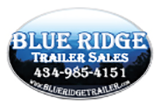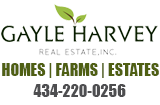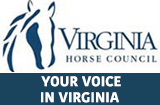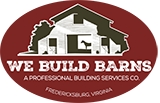Dr. Ray Geor, Mellon Professor of Research at VT's MARE Center speaks on obesity issues in ponies
Submitted by: Donna McDonald
Phone: 540-687-3521 ext 22
Email Address: dmcdo05(at)vt.edu
Date Added: 1/30/2008
Article appeared in Virginia Tech Research Magazine - Winter/2008
Thick-neck ponies may be model for thick-waist humans
By Lori Greiner, College of Agriculture and Life Sciences
Research on horse obesity being carried out at the Middleburg Agricultural Research and Extension (MARE) Center is presenting analogies with human health. “We have had an opportunity over the last few years to study a natural occurring model of metabolic syndrome,” says center director Raymond Geor, Paul Mellon Distinguished Chair of Agriculture in the College of Agriculture and Life Sciences.
Metabolic syndrome is a cluster of risk factors for disease. These include obesity, insulin resistance, and inflammation. Fat ponies are the natural occurring model of metabolic syndrome.
Pudgy ponies and pudgy people share several characteristics. Ponies tend to have regional fat deposits — a cresty neck, while humans develop a big belly (apple shape) or big hips (pear shape). Fat ponies and humans can both become insulin resistant and be predisposed to a certain disease — laminitis in ponies and diabetes and cardiovascular disease in humans. Laminitis is an inflammation of the connective tissue bond between the horse’s hoof and the bone within the hoof; when this bond fails there is tremendous pain and sometimes permanent loss of function that can be life-threatening.
It’s well recognized that a big belly (visceral abdominal fat) is hard on the human metabolic system (Kevin Davy, Virginia Tech Research, summer 2005). But the cresty neck in the pony? As part of a larger study of what changes when a horse gains weight, Ph.D. student Rebecca Carter looked at whether a pronounced accumulation of fat over the neck, even in ponies not otherwise fat, increases the risk of laminitis.
“A cresty neck appears to portend a higher risk of laminitis,” says Geor.
“And recommendations for managing that risk have to be in the context that is doable for pony and owner,” he says. “That is the same as diet and exercise recommendations for people. What are they going to be able to do that they will stick with over the long term?”
|



